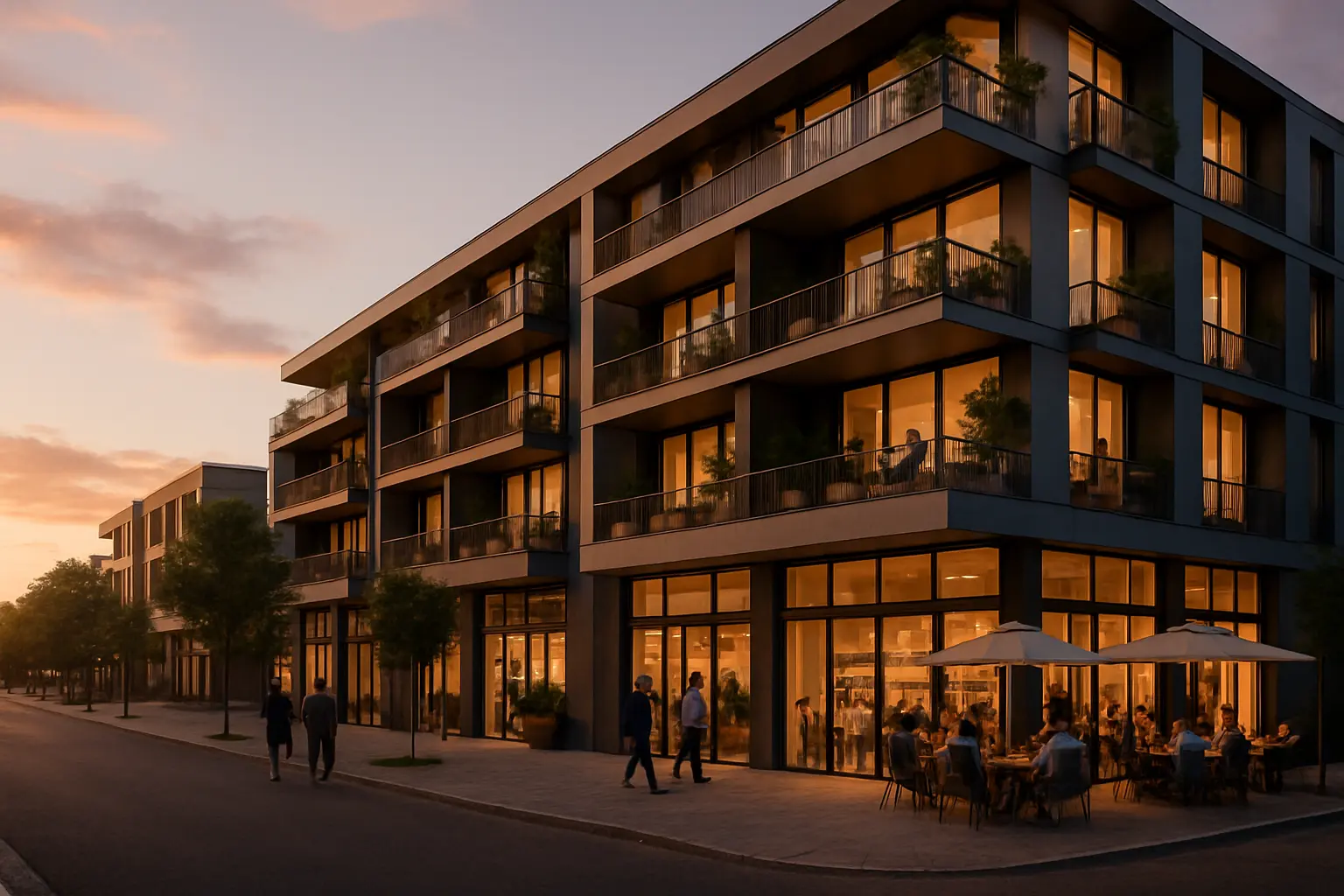Mixed-Use Magic: Transforming Properties into Profitable Opportunities
Discover how savvy investors are maximizing returns by blending commercial and residential spaces in today's dynamic real estate market

The Evolution of Property Utilization
In today's rapidly evolving real estate landscape, investors are discovering that the traditional single-use property model is no longer the only path to profitability. Mixed-use developments have emerged as powerful vehicles for maximizing returns while creating vibrant, sustainable communities that cater to modern lifestyle preferences.
The concept of combining residential and commercial spaces under one roof isn't new, but it's experiencing a remarkable renaissance as urban areas densify and consumers seek more convenient, walkable neighborhoods. This shift represents a golden opportunity for property investors and developers who understand the potential of mixed-use developments.
Smart Space Solutions
The strategic advantages of mixed-use properties are compelling:
- Diversified Income Streams: Multiple revenue sources from different property uses reduce financial risk
- Enhanced Property Value: The synergy between uses often results in higher overall property values
- Increased Foot Traffic: Commercial spaces benefit from built-in residential customers
- Reduced Vacancy Risk: Different use types can offset market fluctuations in any single sector
Design Considerations
Successful mixed-use developments require thoughtful planning and design. Key elements include:
- Strategic space allocation between residential and commercial areas
- Separate access points and security measures for different uses
- Soundproofing and privacy considerations
- Flexible spaces that can adapt to changing market demands
Success Stories
Consider the transformation of The Metropolitan Hub, a former warehouse district property that now houses boutique retail shops on the ground floor, creative office spaces on the second floor, and luxury apartments above. This development has seen a 40% increase in property value since its conversion and maintains a consistent 95% occupancy rate.
"Mixed-use development isn't just about maximizing square footage – it's about creating environments where people want to live, work, and play," says Sarah Chen, a leading urban development consultant.
Key Success Factors
- Location Selection: Properties in areas with strong demographic trends and growth potential
- Tenant Mix: Complementary businesses that serve resident needs
- Community Integration: Developments that enhance and connect with the surrounding neighborhood
Capitalizing on Mixed-Use Opportunities
To identify promising mixed-use opportunities in your market:
- Study local zoning laws and development regulations
- Analyze demographic trends and consumer preferences
- Evaluate properties with conversion potential
- Consider partnerships with experienced developers
The future of real estate investment increasingly points toward mixed-use developments. By understanding and implementing these strategies, investors can position themselves to capitalize on this growing trend while contributing to more sustainable, livable communities.
Getting Started
Begin by assessing your local market for underutilized properties that could benefit from mixed-use conversion. Consider factors such as:
- Proximity to public transportation
- Walking distance to amenities
- Local demographic trends
- Current zoning restrictions and potential for rezoning
Remember that successful mixed-use development requires a long-term perspective and careful attention to both market demands and community needs. With proper planning and execution, these properties can become valuable assets in your investment portfolio while contributing to urban vitality and sustainability.


